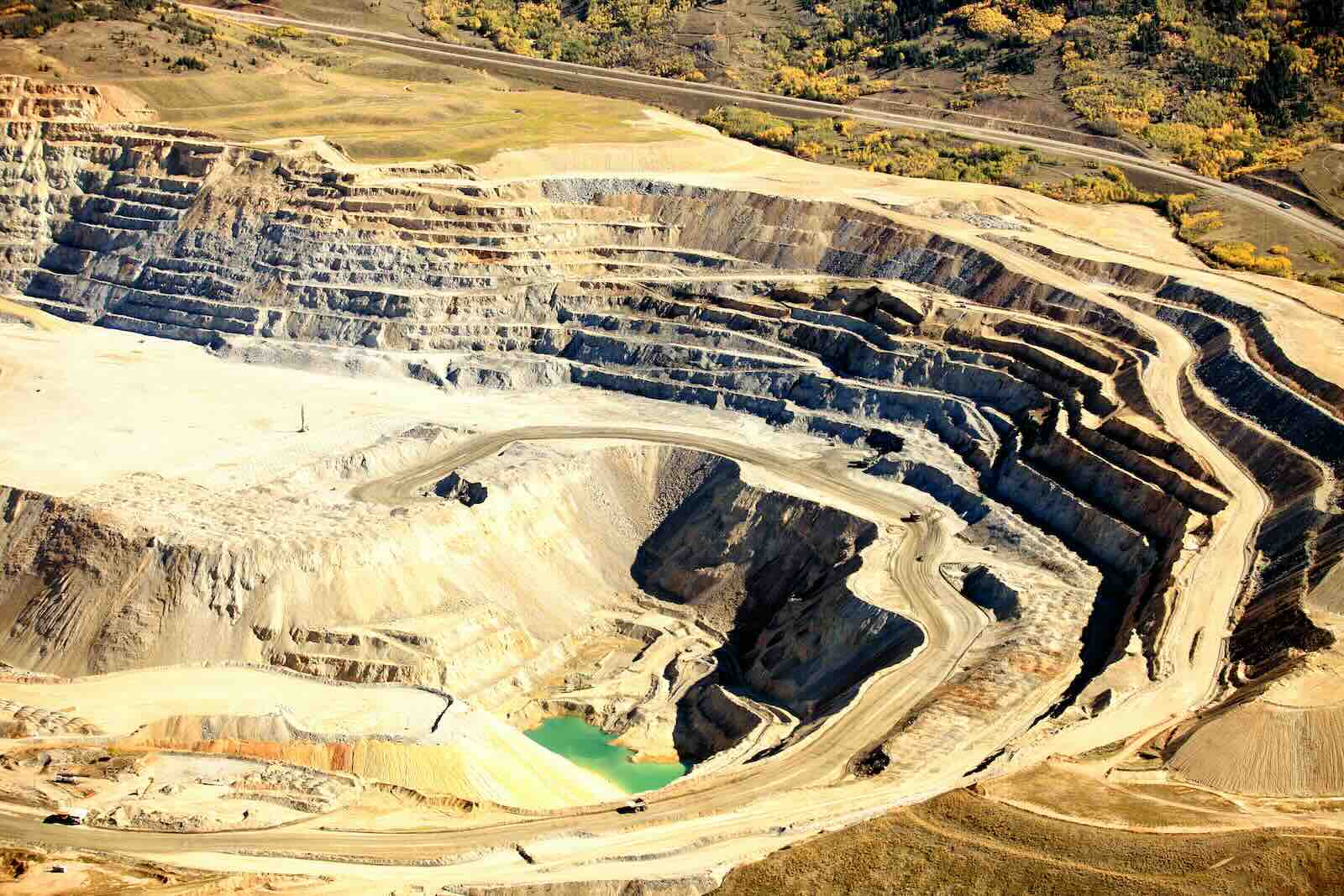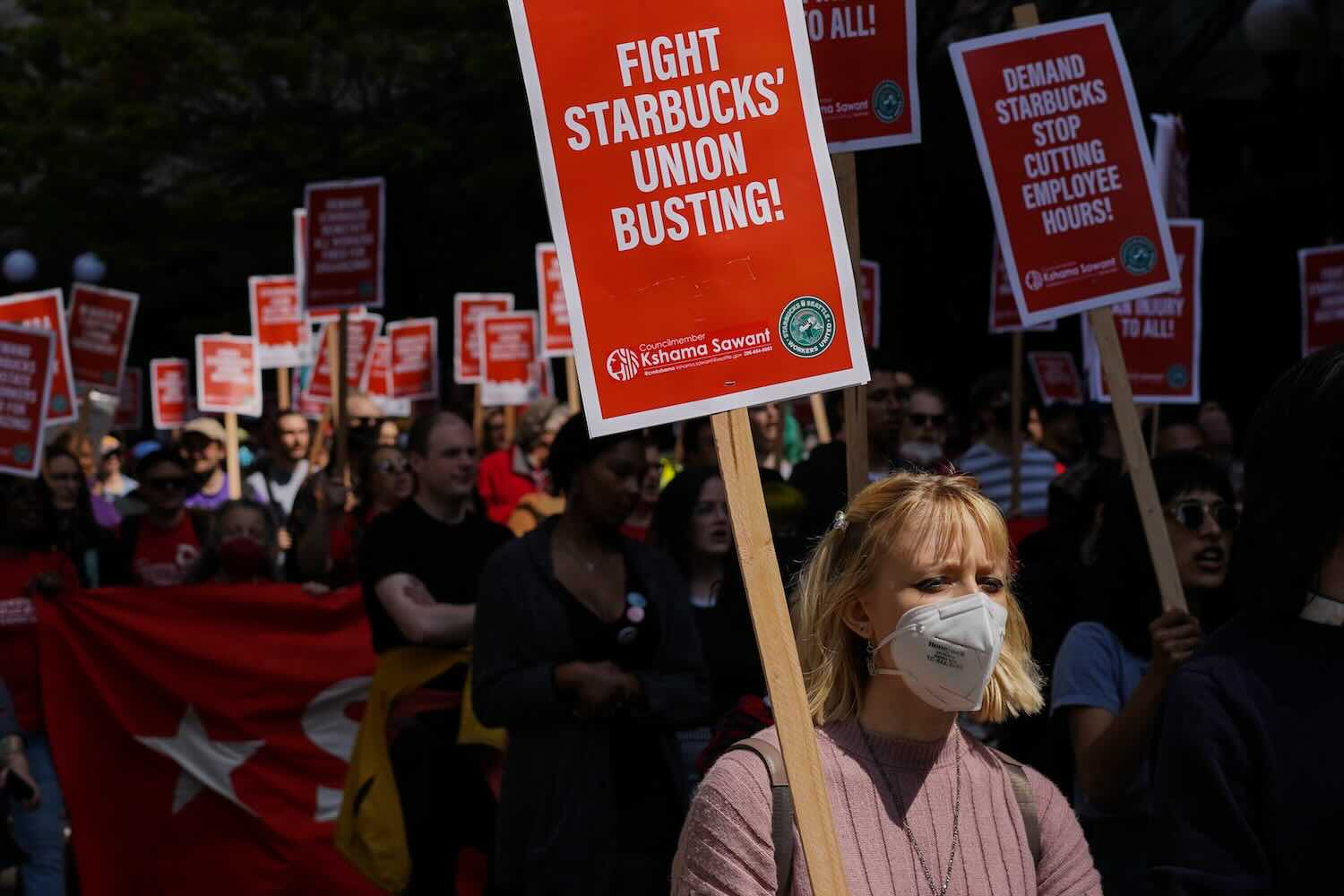What could we achieve if the affordable housing sector was at the forefront of climate solutions in the United States?
While “green housing” has been a priority among many in the field of community development for years, it has typically been a sidebar in broader conversations about housing investments—a fact that may have as much to do with perceptions of cost and risk as it does about environmental priorities.
Nonetheless, that disconnect has made it more difficult to scale decarbonization efforts and build climate-resilient housing, especially in communities most impacted by environmental injustices. Housing is responsible for 20% of all greenhouse gas emissions in the U.S., making residential buildings a major contributor to future inhospitality of the planet. Data also makes it clear that pollution, heat islands, and other acute climate threats are disproportionately impacting the health of communities with persistent poverty and long histories of racial discrimination.
In other words, we can’t effectively address the most worrying aspects of climate risk if we don’t directly invest in the sectors and places where those issues are most pronounced.
That thinking is part of the rationale for the federal Greenhouse Gas Reduction Fund (GGRF), which will award $27 billion in grants this spring to catalyze green financing while prioritizing investments in low-income and disadvantaged communities. Though a dollar has yet to be deployed, the GGRF has already energized dynamic new alliances, with new investment funds and financing tools coming online as well.
It’s particularly noteworthy that nonprofits are coming together to drive many of these partnerships—combining their deep expertise in housing, social investment, and community development as they work on new investment strategies that are designed to live beyond a one-time influx of federal funds.
For example, the Housing Sustainability Collaborative, an effort my organization, Housing Partnership Network (HPN), launched last year, brings together developers of multifamily rental and single-family homes and community development financial institutions, or CDFIs, with other national partners to facilitate learning and co-create green financing products. This group of practitioners from more than 40 organizations working in communities across the country is helping to ensure that federal climate resources can flow efficiently to affordable housing, so that households and communities with low incomes will directly benefit.
From that intensive peer exchange and design process, we established the Housing Sustainability Fund. The Fund is a way to connect CDFIs with lending products that support decarbonizing affordable housing—from acquisition and pre-development financing to bridge and term loans. The Fund will blend public, private, and philanthropic dollars to help CDFIs provide flexible financing opportunities to affordable housing borrowers for eligible, climate-resilient affordable housing.
After landing on a compelling strategy for housing climate resiliency, HPN was excited to join the Justice Climate Fund and integrate our platform into its vision to deeply drive decarbonization in communities. HPN has long been drawn to the Justice Climate Fund’s commitment to climate justice and racial equity, and to ensuring that resources not only flow to disadvantaged communities, but that those communities are at the table in designing and delivering solutions. We were particularly energized by the coalition’s approach to building a national green financing system through a comprehensive community and economic development lens.
These efforts are indicative of what I believe is a transformational shift in the way we build, operate, and finance housing in this country, with an explicit focus on investing in people and communities that are and will be most adversely impacted by climate change. The collaborative scope of Housing Sustainability Collaborative and the Justice Climate Fund demonstrate a commitment across the field of community development to lead and drive green financing for the housing sector, regardless of the outcomes of the GGRF competition.
As we move forward, here are some urgent challenges for the field to consider:
Capital deployment and absorption
Once GGRF grants are announced, it will be a massive undertaking to rapidly and effectively deploy those funds, regardless of which proposals are tapped. Mission-driven developers and lenders have some experience in green building, renovation, and retrofits, which is promising when thinking about the potential for lasting impact. Still, connecting the dots from unprecedented federal funding to measurable community results will require us not only to have a range of financing tools and technical assistance in place, but to have local expertise in place as well. On-the-ground relationships and experience should not be overlooked.
Private capital leverage
Even GGRF-level funding will not, on its own, fully address the climate implications of housing. But it does create an opportunity to activate the private capital markets and bring more social investments into the housing sector. By blending multiple sources of capital and engaging philanthropic supporters, mission-driven investment funds will have the chance to embed decarbonization in long-term housing solutions. At HPN, we have already seen some of this, with institutions like JPMorgan Chase, Wells Fargo and JPB Foundation making grants to support the planning and design work around our Housing Sustainability Fund. Early investor conversations show promise as well.
Changing the investment narrative
GGRF is a once-in-a-generation opportunity to positively impact people and the planet. In the process, it is also a chance to flip assumptions about investing in “disadvantaged” communities. Too many conventional investors look at affordable housing as a high-risk sector (it’s not). They might think of green features as expensive bells and whistles that can be cut to manage development costs (they aren’t). And they may view high-poverty communities as incompatible with sound investment practices (no again).
The truth is that affordable housing is a high-performing asset class, with fewer losses and defaults on average than market-rate commercial real estate. Green features make housing developments more sustainable, healthier, cost-efficient, and affordable for residents. This helps communities preserve the housing they have while building more. And investments in low-income communities—especially when done with partners who understand this work—have a decades-long track record of delivering on financial and impact objectives, benefiting both residents and investors.
While decarbonization is not a panacea for the nation’s housing woes, it will improve the health and sustainability of our communities, create green jobs, and fuel environmental gains that would not otherwise be possible. In places long denied equity and opportunity, it is an imperative. The dignity and well-being of millions of people depend on it.
Robin Hughes is CEO of the Housing Partnership Network.











